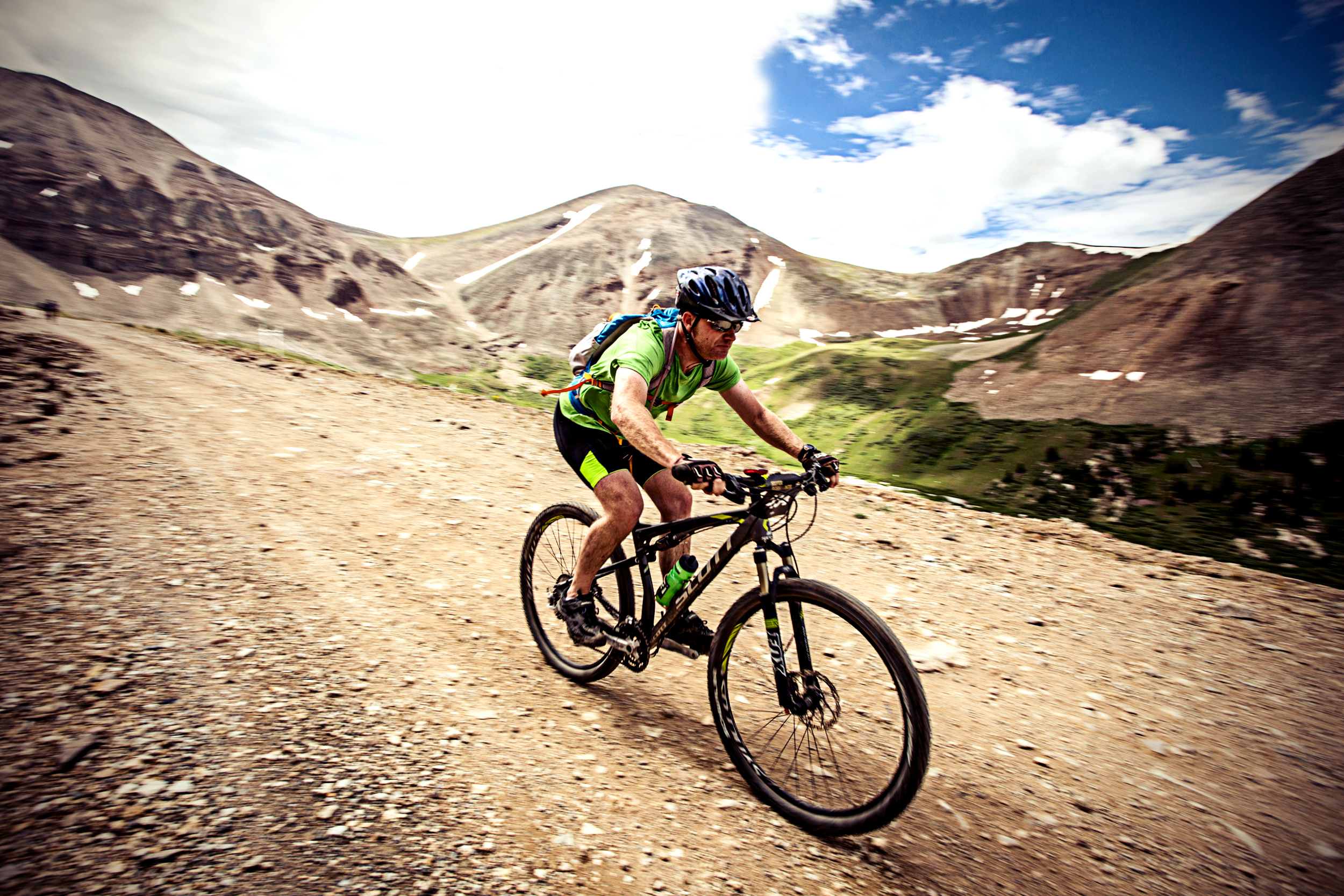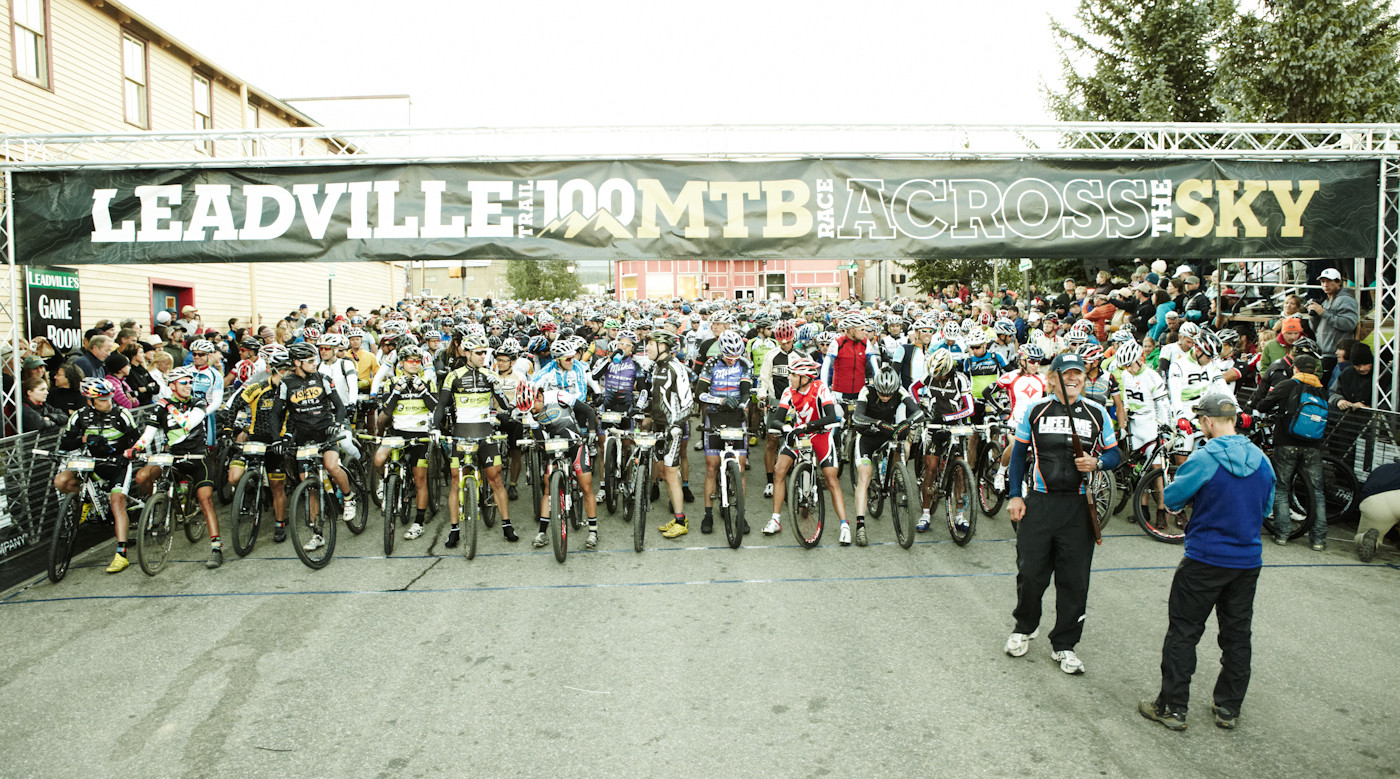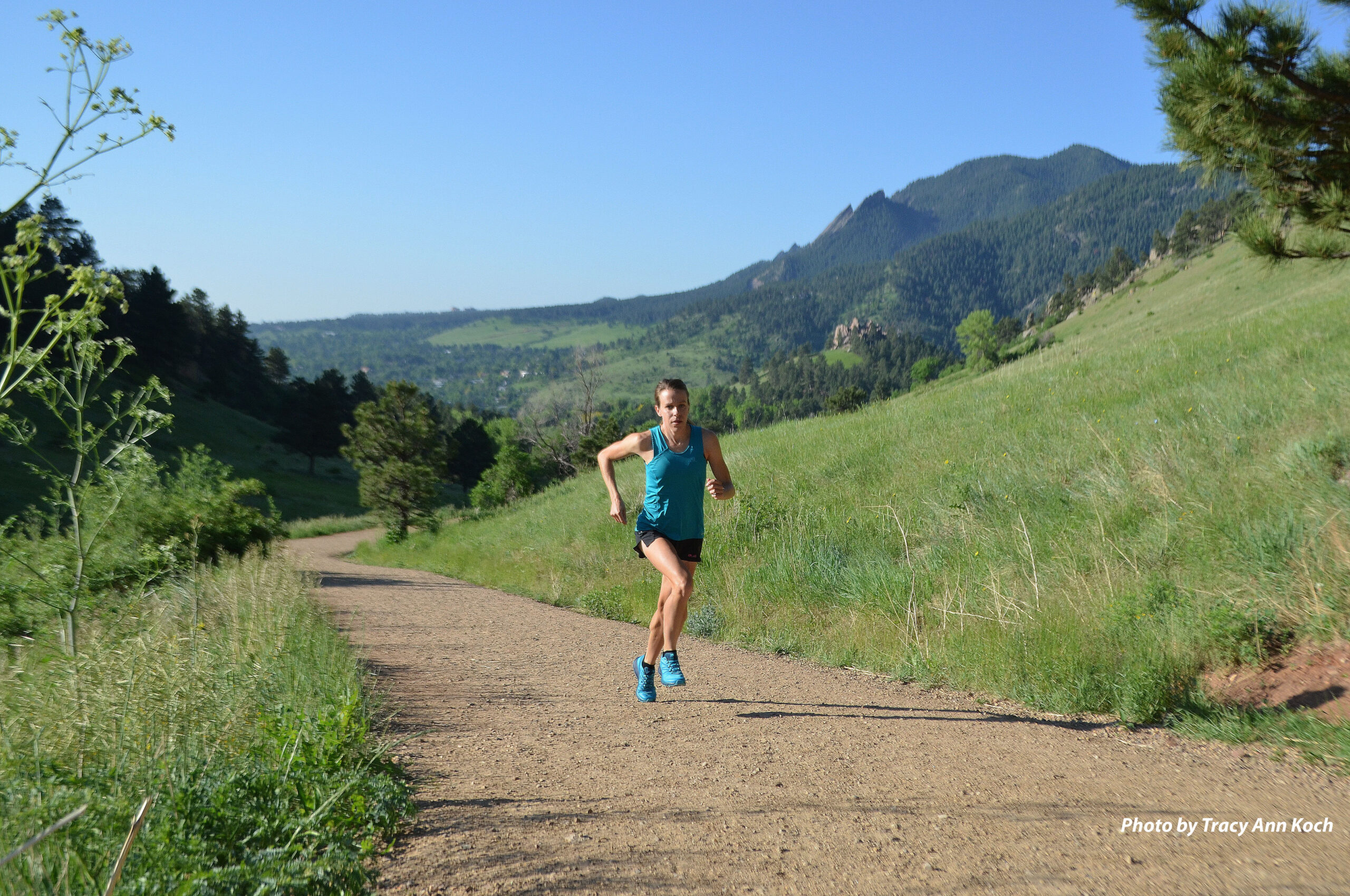
Optimize Your Ride: Dialing in Your Bike Setup for Leadville – Part 1
Your bicycle is the machine your body will power in an effort to meet your Leadville Trail 100 MTB goal—whether that goal is simply to finish or to earn the biggest possible buckle. Your body needs to be fit for the challenge, but you can also optimize your bike setup to ensure the best balance of power, comfort and speed, come race day.
In Part 1 of this article, we’re looking closely at bike choice, gearing and the important decision of tube vs. tubeless tires!
BIKE CHOICE
The options for suspension, wheel size and gearing can seem overwhelming when selecting a bike, so ask yourself the following: How much bike do you want to power—or push—up the hills, across the flats, and up and down the undulations on the course? How important to you is having full suspension? How will your body feel after 100+ miles on a hardtail?
The LT100 course includes a real mix of terrain: lots of pavement, moderate climbs, smooth and fast flats, and numerous short hills that add up in the end. Fast LT100 times have been put down on both 26- and 29-inch wheels, and on both types of suspension. Keep in mind that these have been on top-shelf, lightweight race bikes—not trail bikes. If you choose a heavy trail bike, you may hoot and holler down the descents, but you’ll be slower overall. A hardtail will always come in lighter than a full-suspension, and that little bit of weight compounded over 100 miles is going to mean something.
Ultimately, comfort should be a deciding factor. If your bike fits you correctly and comfortably, you won’t have a substantially different time on comparable bikes.
GEARING
Consider gearing in relation to each extreme of the LT100 course. Whatever you choose, make sure you’re comfortable with your lowest and highest gears, because you’ll encounter both steep climbs and fast descents. Your top priority should be a low enough gear for the nasty ascents of upper Columbine and lower Powerline. And know that even with the lowest gear, most riders end up pushing their bikes somewhere along the course.
TUBES or TUBELESS?
Tubes are still the easiest, mess-free way to inflate your tires. The problem with tubes is that you’ll need to run higher pressure to avoid pinch flats. Drawbacks to running higher pressure—which, for tubed tires on a rocky course like Leadville, is 40-55psi, with 40psi being risky—include: less traction all around when climbing, cornering and braking; more rolling resistance on all but the smoothest surfaces due to tire deflection; and a much rougher ride all day.
Conversely, tubeless systems are high-maintenance and messy, but the benefits are significant (and pinch flats are rare). You can run considerably less pressure in your tires (20-40psi depending on the rider’s weight, system and terrain), and less pressure means better all-around traction, less rolling resistance and a way cushier ride. Also, depending on your setup, tubeless systems can be very lightweight.
If you opt for tubeless, educate yourself—you’ll want to know how to trouble-shoot when your favorite mechanic isn’t on hand. Plus, you’ll need to be prepared to switch over to tubes in the event of an emergency, as even tubeless can go flat on the trail.
Pay close attention to tire pressure. Too little pressure in a tubeless setup puts your tire at risk for “burping” air or completely rolling off of the rim—usually while cornering. For riders looking for a safe race, solid finish and enjoyable experience without too much fuss, good advice is to consider UST (Universal Standard for Tubeless) tire options with sealant—then experiment enough to find your optimal pressure.
Stay tuned for Part 2 – we’ll tackle bike fit, shoes, pedals, bars, grips & saddles.
Want more details on dialing in your ride?
Tweaking Your Bike Setup: Optimizing Your Ride For Leadville
Dispatches from Columbine: Choosing the Right Tire Setup for Leadville
Dispatches from Columbine: Don’t Overlook the Little Things – Choosing Gear Beyond Your Bike


